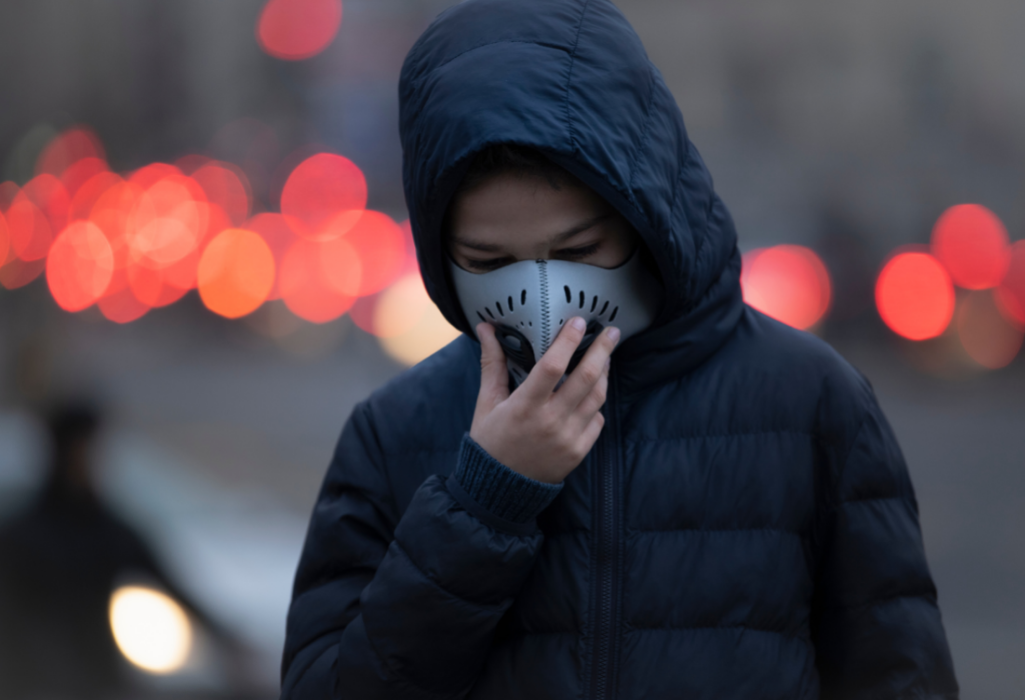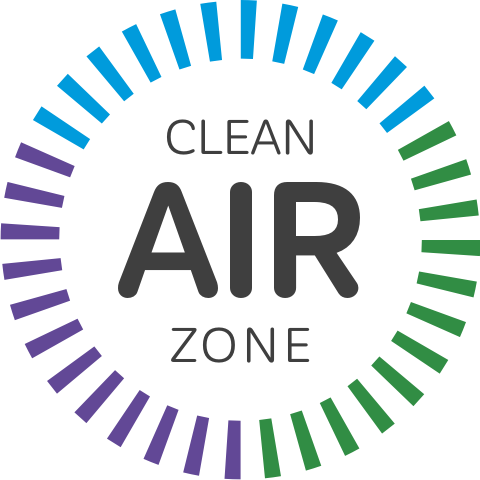As a follow-up to our recent blog about The Clean Air Act (CAA) of 1970 and its ongoing impact on air quality, we wanted to shed some light on why ongoing pollution is still a very real risk both in the United States but also, worldwide.
While the act and continued regulations following its inception, emissions from stationary and mobile sources remains a challenge to mitigate. While the United States has made significant strides in improving air quality, recent data shows an increase in harmful pollutants in the atmosphere that remain very real threats to American health and environment.
Despite the reduction of harmful pollutants in the air, one pervading environmental issue is CO2 emissions. CO2 has had an increase of 2.9 percent between 1990 and 2017, and often, sources of greenhouse gas emissions and air pollutants are the same.

Since it was introduced, the Clean Air Act has had an effect – numerous deaths have been prevented, and now even greenhouse gas emissions are now recognized as a danger to public health; however, it will take a worldwide effort to ensure a health future for generations to come.
The 2019 UN Environment Programme’s Emissions Gap Report insightfully compares where greenhouse gas emissions are headed, against where they should be, to avoid the worst impacts of climate change. Published each year for the last decade, the report consistently finds that the world is not doing enough. For example, emissions have only risen, and that even if all unconditional Nationally Determined Contributions (NDCs) under the Paris Agreement are implemented, we are still on course for a 3.2°C temperature rise, which will radically alter our planet climate change.
Our team at Clean Air Zone (CAZ) recognizes the importance of air quality and the impact we all have in maintaining a health population. It’s through continued efforts that we can take care of ourselves, our loved ones, and our planet.

